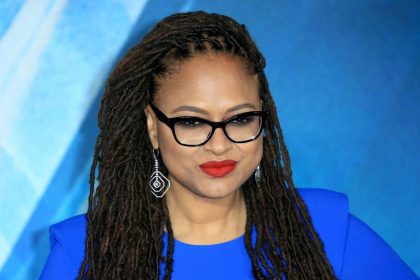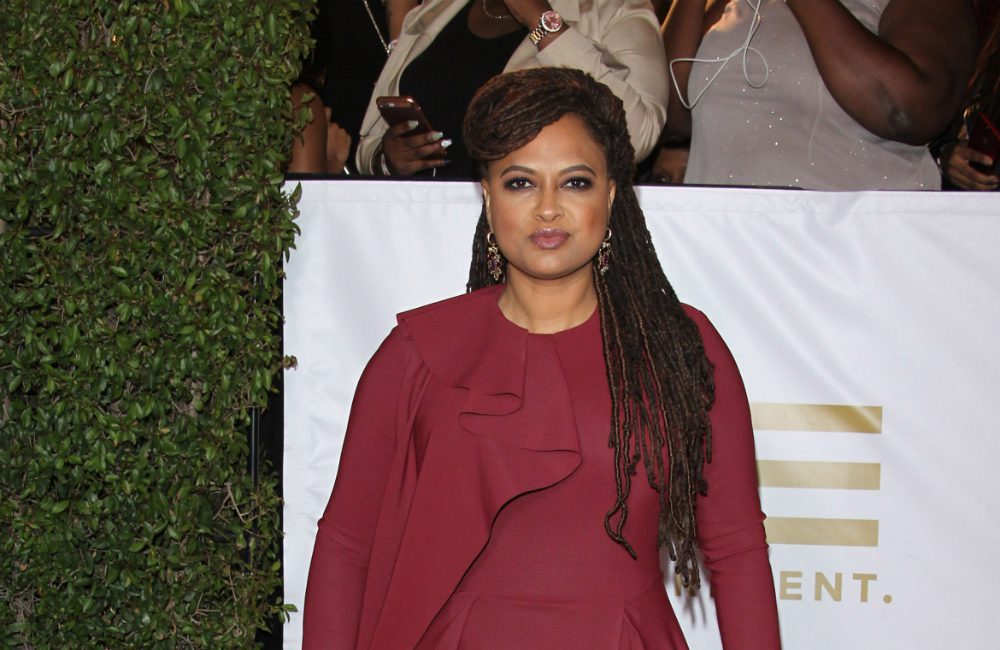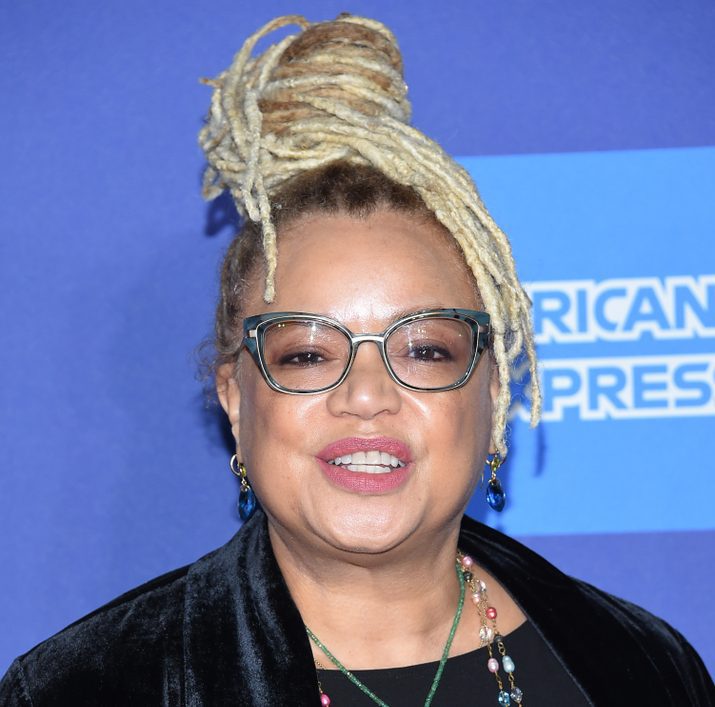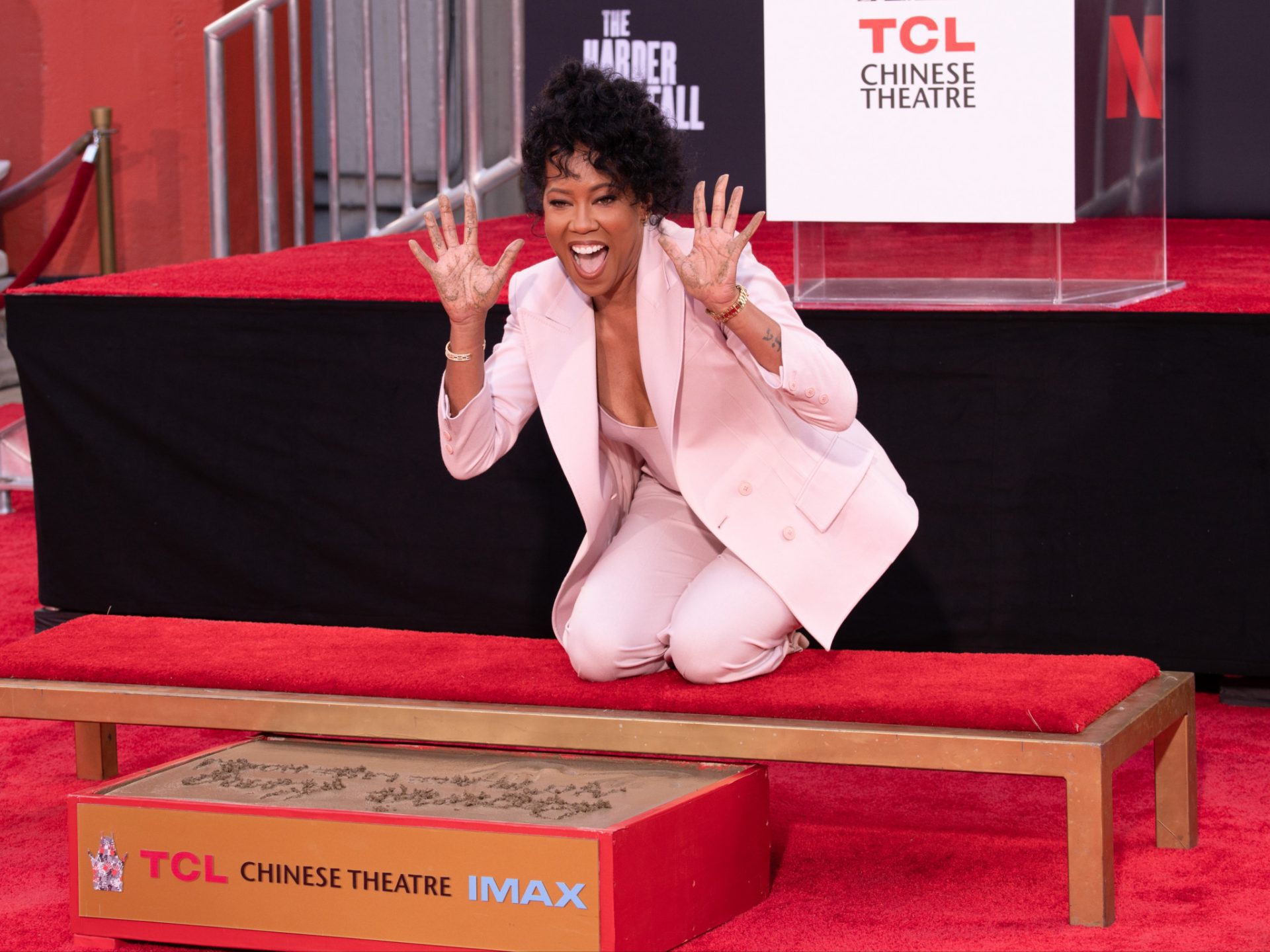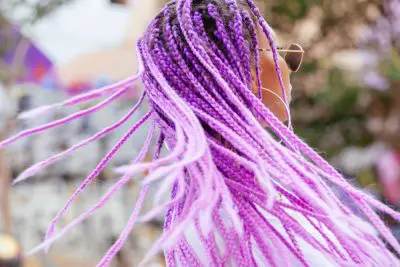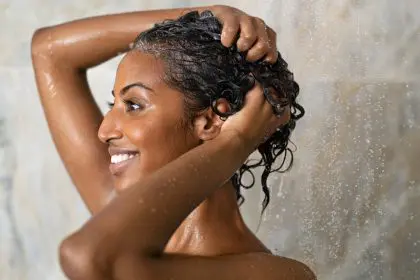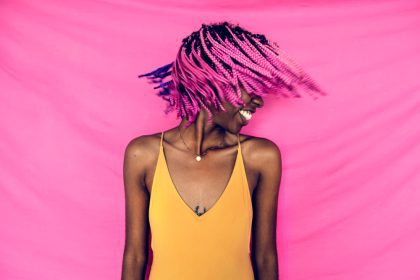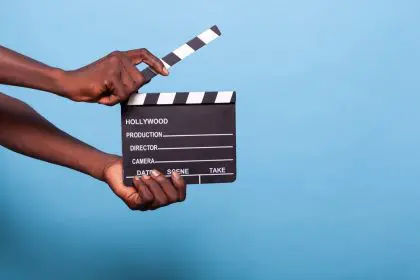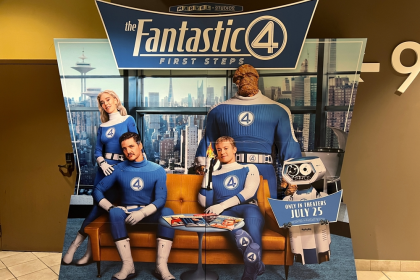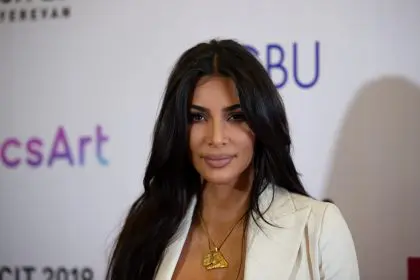
Oscar-nominated director Ava DuVernay can certainly empathize with main character Meg Murray’s complicated relationship with her own hair. The Compton-born filmmaker has sported dreadlocks her entire career in Hollywood, graduating from publicist to critically-acclaimed filmmaker, and she has had to circumnavigate the political potholes that wearing natural hair can put a person in proximity to.
Fresh off the historic weekend of March 9-11, 2018 — where two Black-directed films occupied the number 1 and 2 spots at the nation’s box office for the first time in history — the A Wrinkle In Time director details with Vulture how Meg Murray, portrayed by Stormi Reid, reconciles her feelings about her troubled tresses.
In the book version, Meg’s messy mane played an issue on the character’s self-esteem, DuVernay said.
Meg, the young protagonist of A Wrinkle in Time, is preoccupied with her long locks, according to Madeleine L’Engle’s 1962 book of the same name. Meg’s hair lacks the dynamism and personality of her mother’s more glamorous coif, as Meg has wiry, “mouse-brown hair” that refuses to be tamed.
“Meg’s hair had been passable as long as she wore it tidily in plaits,” L’Engle wrote. “When she went into high school it was cut, and now she and her mother struggled with putting it up, but one side would come out curly and the other straight.”
DuVernay converted that scenario to make it more “contemporary,” having a young Caucasian character in the film reinforce the beauty of Meg’s hair.
“Throughout the film, we tried to take what Madeleine L’Engle intended and push it even further in terms of a contemporary context,” said DuVernay.
For DuVernay, a crucial aspect of A Wrinkle in Time is the budding rapport between Meg and her white classmate Calvin (Levi Miller), who twice compliments Meg’s coiled curls.
“The fact that this Caucasian boy says to her, ‘I like that’? That’s so big for a girl of color!” said DuVernay. “And it’s big for Caucasian boys to be able to feel that’s beautiful, too.”
The way one chooses to wear their hair makes a political statement, whether it’s intended or not, DuVernay adds.
“All of my career, whether I’m walking onto the Disney lot or back when I worked as a publicist, I’ve worn dreadlocks,” DuVernay told Vulture. “That’s an act of rebellion in a society that says, ‘You would look better if you looked like us.’”

